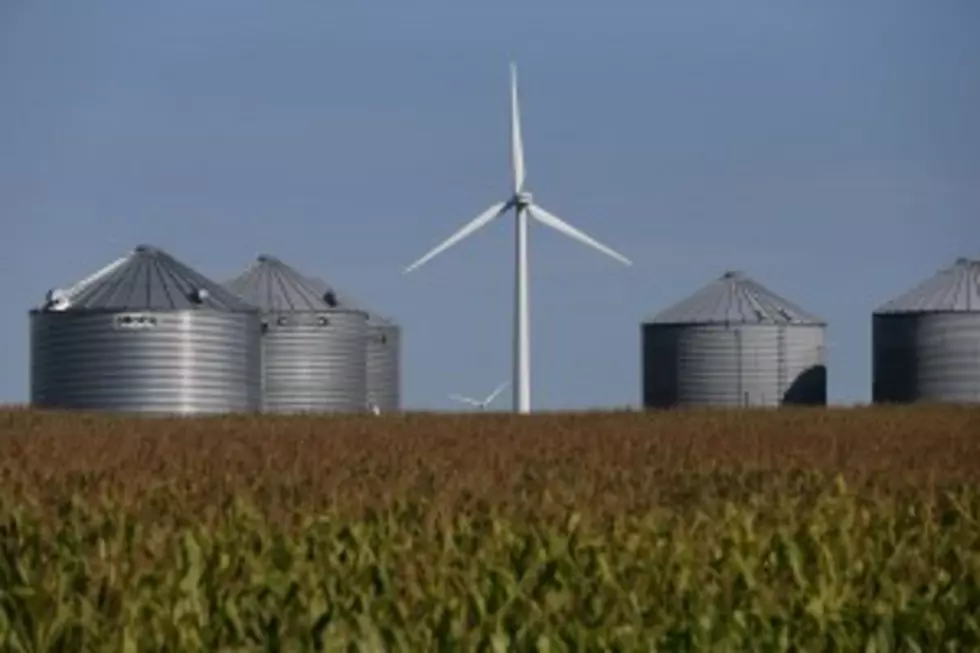
Corn & Soybean Forecasts – What’s Next?
URBANA – The USDA’s August Crop Production report confirmed prospects for small U.S. corn and soybean crops and the need for consumption of both crops to decline sharply in the year ahead. Price behavior since the release of the USDA reports last Friday suggests that both the corn and soybean markets believe that production forecasts will increase and/or prices are already high enough to motivate the necessary rationing. University of Illinois agricultural economist Darrel Good said such conclusions may be premature.
“Prices will now begin to reflect expectations for any changes in the production forecasts and confirmation that the necessary rationing is occurring,” Good said. “Indications of the pace of consumption will be provided by weekly reports of exports, ethanol production, and broiler placements and monthly reports of the domestic soybean crush, cattle feedlot inventories, and dairy cow numbers.”
Good noted that new production forecasts will be released in September, October, and November and the final estimate will be released in January.
“Expectations for changes in yield forecasts this year are partially influenced by changes in those forecasts in previous dry growing seasons and by weather conditions the rest of this month, particularly for soybeans,” Good said. “The history of changes in yield forecasts in dry years provides a mixed picture, particularly for corn.”
The U.S. average corn yield estimate in January following harvest was below the August forecast by 2.2 bushels in 1980, 18.3 bushels in 1983, 12.1 bushels in 1995, 12.2 bushels in 2010, and 5.8 bushels in 2011. The January yield estimate was above the August forecast by 0.8 bushel in 1991, 6.1 bushels in 1988, and 4.8 bushels in 2002.
For soybeans, the January estimate was below the August forecast by 0.6 bushel in 1980, 4 bushels in 1983, 2.3 bushels in 1984, 1.5 bushels in 1995, 6 bushels in 2003, and 0.5 bushel in 2010. Good said the large decline in 2003 reflected, at least in part, widespread damage from soybean aphids. The January estimate was above the August forecast by 0.8 bushel in 1988.
The pattern of yield forecast changes was different in each year for both corn and soybeans.
Good said current expectations for corn appear to be in a range of 5 bushels above to 5 bushels below the August forecast of 123.4 bushels, wheras expectations for soybeans are 1 or 2 bushels above to 1 or 2 bushels below the August forecast of 36.1 bushels.
“Changes in production forecasts will also be influenced by any changes in the estimates of harvested acreage,” Good said.
In the years identified above, the difference between planted acreage of corn and harvested acreage for grain ranged from an unusually low 6.269 million in 1991 to 11.082 million in 1980. The USDA’s August survey found an expected difference of 9.044 million this year, less than the 9.467 million of 1988 and the 9.564 million of 2002. The difference between planted and harvested acreage of soybeans ranged from only 788,000 in 2003 to 2.117 million in 1980. The August survey this year found an expected difference of 1.445 million, very similar to the difference in 1988.
“Based on the August production forecasts, the USDA’s World Agricultural Supply and Demand Estimates August report projected minimum 2012-13 marketing year-ending stocks for both corn and soybeans,” Good said. “Even with larger imports and a draw down in stocks, consumption of U.S corn needs to decline by 1.265 billion bushels (10.1 percent), and consumption of U.S. soybeans needs to decline by 399 million bushels (12.7 percent) during the year ahead,” he said.
Good said that for corn the biggest question for demand centers on the ethanol market.The USDA projects a 500 million bushel year-over-year decline in the use of corn for producing ethanol and byproducts.
“Ethanol demand will depend on a number of factors, including export demand, expected domestic fuel consumption, and the use of credits from previous discretionary blending to meet part of the 2013 mandate,” Good said. “However, the transition to a heavy dependence on ethanol as an octane enhancer and the low price of ethanol relative to gasoline suggests that the decline in corn used for ethanol will be less than 500 million bushels. That conclusion would not change even with a partial waiver of the mandate. The 250-million-bushel expected decline in exports depends to some extent on the expectation of very large crops in South America in 2013 and a slowdown in Chinese imports. If ethanol and export demand is stronger than projected, as we suspect, the reduction in feed and residual use of corn will have to be larger than the current projection of 475 million bushels (10.4 percent),” he said.
Good reported that for soybeans, the small crop is expected to result in a 175-million-bushel (10.4 percent) cut in the domestic crush and a 240-million-bushel (17.8 percent) cut in exports. The large cut in exports reflects the forecast of a record-large harvest in South America in 2013. U.S. export sales for the 2012-13 marketing that begins on Sept. 1 already account for 51 percent of the projected exports for the year.
More From KHMO-AM 1070, News-Talk-Sports









